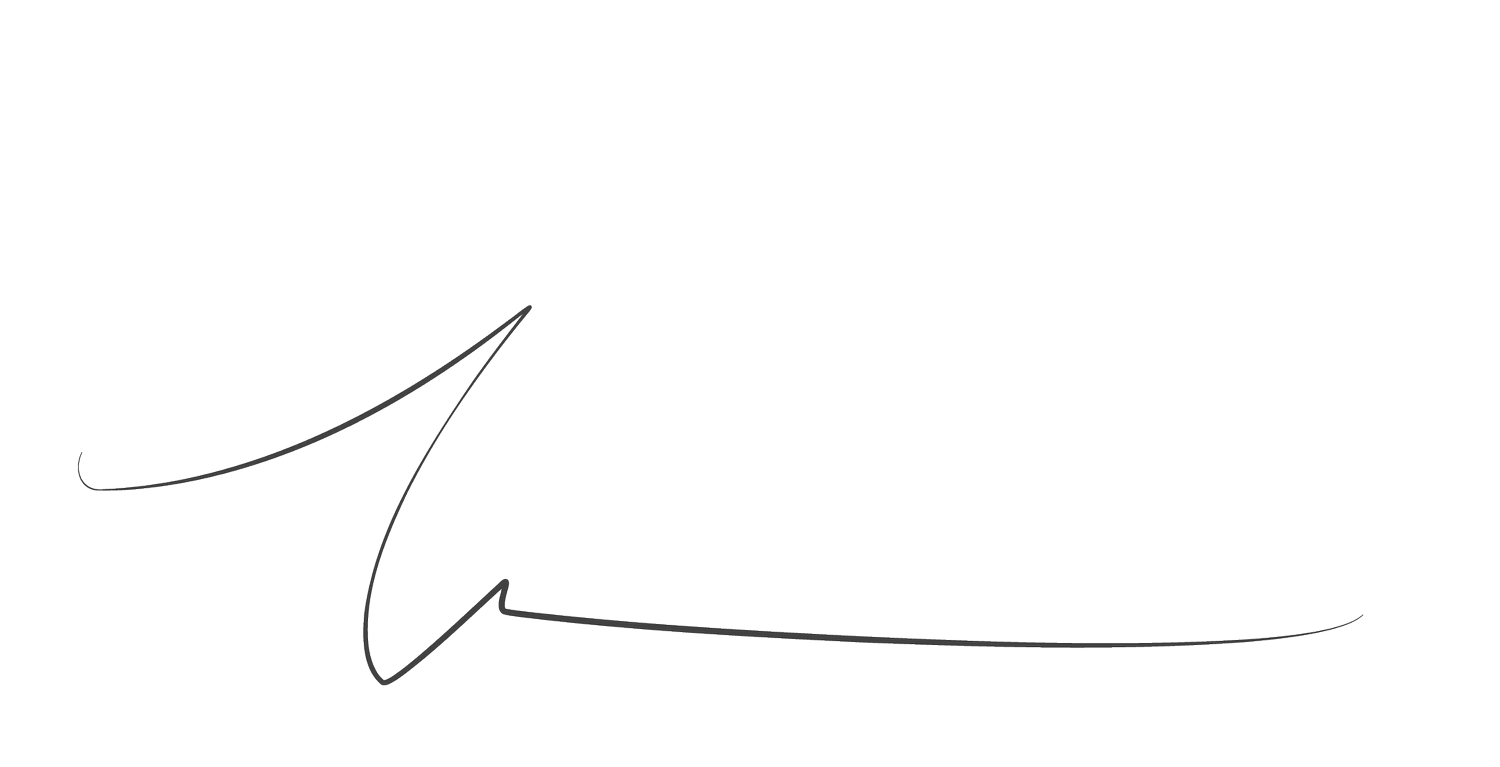How to Be a Rogue Creative Agent in a Multinational Conglomerate
It took long nights and dives in dumpsters in search of makeshift materials for Disney’s interactive team to concoct a low-tech, low-budget, stop-motion series that earned the blessing–and backing–of the corporate honchos.
When Disney comes out with a new animated series, you figure its very existence is the result of months, even years, of careful strategizing, testing and brand positioning. That’s not the case for at least one upcoming series on Disney.
Blank: A Vinylmation Love Story, which debuted at D23 and will go live online later this fall, is a low-tech, stop-motion animated series put together by the Disney Interactive group, charged with finding new ways to turn Disney.com into a family entertainment destination. The group is often given directives from above to create content based on particular Disney IP, but about a year ago the team was in between projects and seeking something fun to do.
Someone handed Greg Shewchuk one of these. They’re Vinylmation collectibles, 3-inch-tall figurines that look like mini mutant Mickeys, with their oddball colors, themes and markings (think the Disney version of Bearbricks). There’s an active world of Vinylmation traders, though who’s to say how active since when you Google “Vinylmation craze,” the first seven entries are for blogs that are part of the Disney empire, like Disunplugged. Regardless, no one else was using Vinylmations as the basis of new content, so Shewchuk and the team he works with ran with it. No focus grouping, no directive from above. They went ahead and made a pilot.
The series, made up of 12 episodes of roughly three minutes each, is about Blank, a Vinylmation defect who has no colors or markings–no identity. Blank falls in love with another Vinylmation, Bow. They settled on a common Disney theme of identity (blank slate, it’s okay to figure out who you are). With that basic outline in place, the 10-person team used a lot of power tools and quite a bit of ingenuity to pull it off. Here’s how they went from random side project to corporate-backed debut. Plus, Shewchuk’s advice for aspiring corporate imagineers.
